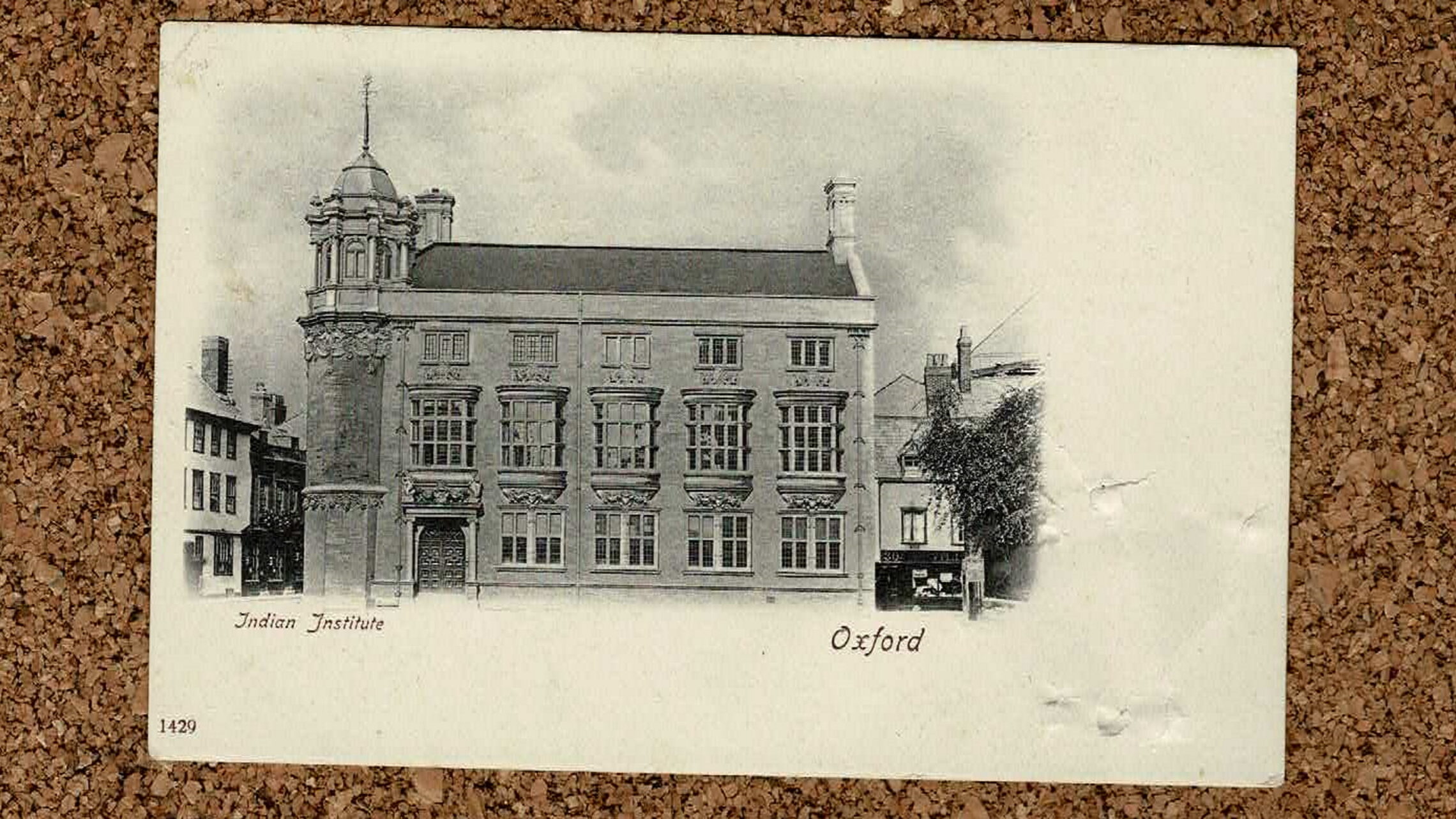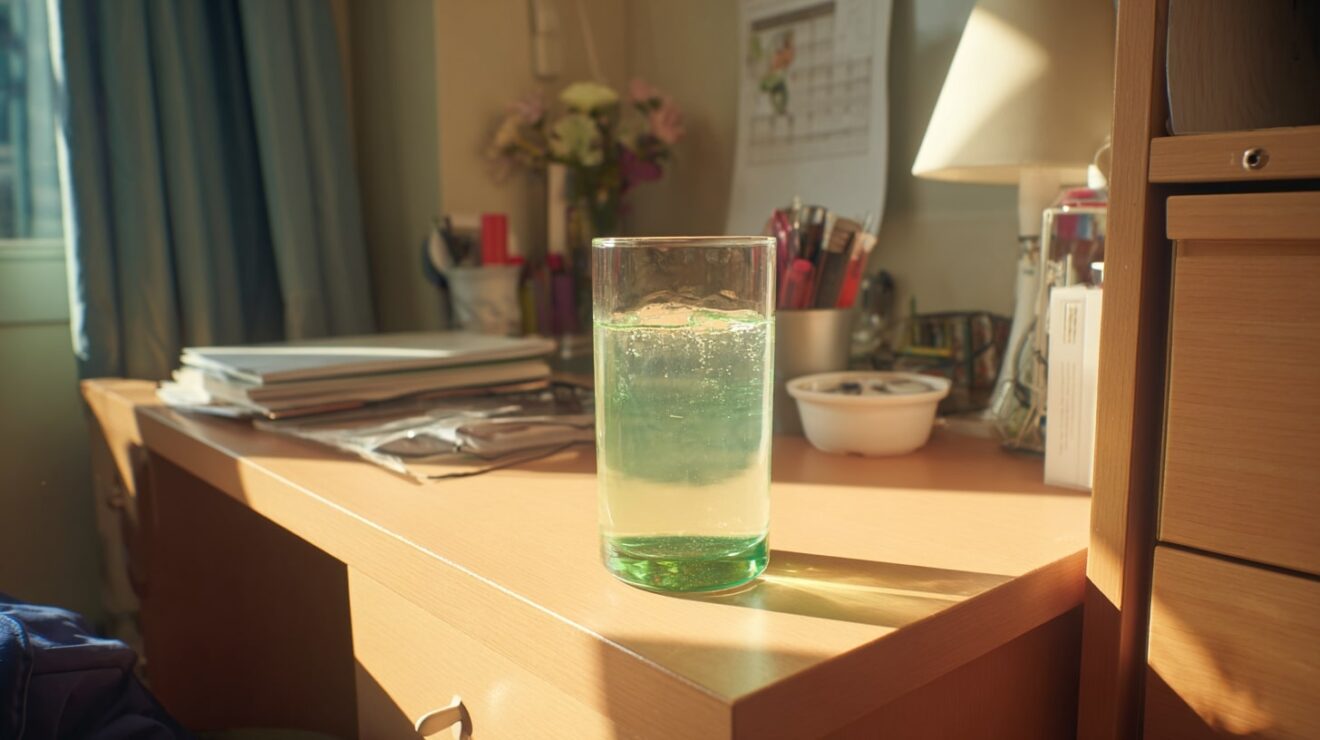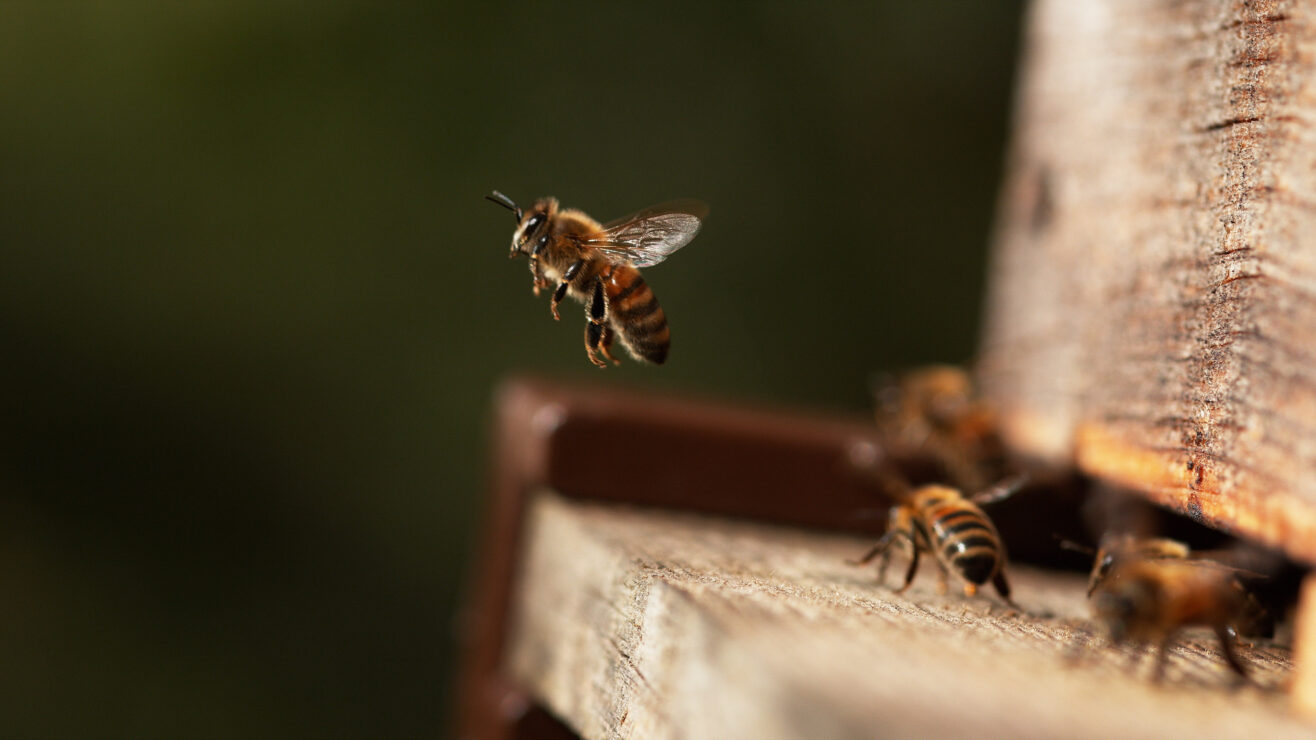This week’s postcard shows the Indian Institute at the University of Oxford. The Institute itself is no longer extant, although its library continues as a sub-library of the Bodleian.
The Institute was established in the late 19th century, following a proposal in 1875 by the splendidly-named Professor Sir Monier Monier-Williams. Monier-Williams was Boden Professor of Sanskrit at the University. Funds were supplied by the British colonial authorities in Indian, and by several Indian princes, and construction of the building began in 1883, with the building opened in 1896.
A note here: we can speculate as to the motives for the funding of the building. It would be naïve, I think, to believe that the reasons were entirely academic and philanthropic: Indian princes were clients of the British Empire, and threats implied or otherwise would have been part of the ask. This was in the years after the 1857 rebellion/First Indian War of Independence; the disestablishment of the East India Company and the assumption by Queen Victoria, in 1877, of the title of Empress of India.
Also note that other people far more learned and knowledgeable that I have written about this – I’m just giving context for my riff on a postcard.
The institute was founded with classrooms, a library and a museum, but very little recurrent funding – too much had been spent on the building to provide a reasonable endowment. The institute became, de facto, a resource for those planning on joining the Indian civil service. In 1927 its management was taken over by the Bodleian Library, much of its museum collection having been given to the Pitt-Rivers museum.
After Indian independence in 1947, the Institute was in 1955 incorporated into a more broadly focused (and by today’s standards, anachronistically-named) Oriental Institute. And in 1966 the High Court granted an order that the university be entitled to use the premises of the Institute as general university property.
In 1968 the Institute building was granted to the History faculty, with protests from the Oxford University Students Union and, formally, by the government of India. I am glad that I did not have to deal with the politics of that decision.
The buildings are now the home of the Oxford Martin School, which has published a history of the institute slightly longer and less potted than this.
The card was sent on 29 October 1908 to Mrs Woodward in Long Hanborough:
Very many thanks for your very kind letter, how very warm the weather has been today, fond love, yours as ever, EW”
The marks on the lower right of the card are the toothy impressions of Freya, pictured, who couldn’t wait to see what was in the envelope.














